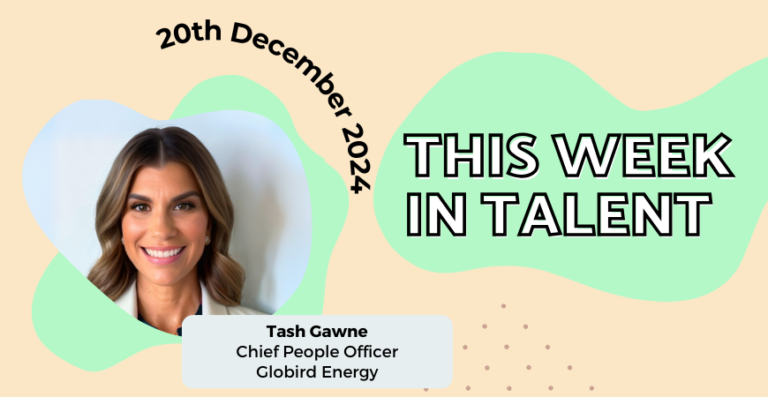The Great Resignation is in full swing and companies around the world are scrambling to find innovative ways to attract and retain top talent. Citing low pay, lack of advancement opportunities and feeling disrespected at work, 4.2 million Americans quit their jobs in August 2022 alone. In Singapore, a survey conducted at the end of 2021 found that nearly a quarter of workers were planning to leave their jobs in the first half of 2022.
Faced with these grim statistics, a growing number of companies are focusing on developing a strong employee value proposition (EVP) to enhance employee experience and improve financial outcomes. And research clearly shows that they’re on the right track.
A study by Glassdoor found that companies with satisfied employees outperform the S&P 500 by as much as 122 percent. In his book The Employee Experience Advantage, Jacob Morgan reveals that companies that invest in employee experience are more than four times as profitable than those that don’t.
“Attracting the right people to your business is an unrelenting challenge,” says Jo Vohland, General Manager of talent acquisition consultancy ATC Events & Media.
“An EVP not only attracts the right people, but the transparency it provides also allows for a happier workforce because your employees know what to expect. If your employer brand reflects your reputation and promise, then your EVP is the evidence. It’s how you intend to keep that promise.”

Culture is key
When Canva launched in Sydney in 2013, the online design and publishing software company was determined to deliver an unparalleled employee experience. Since then, it has grown to seven locations across the globe with more than 2,000 employees.
With benefits that include flexible work arrangements, generous parental leave entitlements, equity packages and an annual well-being allowance, the company consistently ranks alongside the likes of Google and HubSpot on lists of businesses with the best EVPs.
“Canva’s values are at the core of its culture and they’re the driver for everything we do and the experiences we create,” Canva Talent Attraction Lead Charlotte Anderson explains.
“The culture is something that has been part of the company’s fiber from day one. Our approach is constantly evolving to meet our changing needs, environment and people, but our foundations and values remain the same.”
One of the key elements that makes Canva’s EVP so successful is authenticity. “Having an EVP that’s authentic and true to the experience of your team holds you accountable and minimizes the expectations gap,” Anderson says.
“Ultimately, our goal is to resonate with people who would thrive at Canva and ensure we’re telling an authentic story throughout the candidate journey and living up to that when Canvanauts join the team.”
Anderson believes Canva’s focus on community initiatives and sustainable practices sets the company apart and strengthens the company culture.
“Being a force for good permeates everything we do and it’s something Canvanauts are really proud of,” she reveals. “We recently launched Force For Good Fridays and seeing everyone come together to support local causes and help the community has been so powerful.”

Using data insights
While Canva had the foresight to develop a solid EVP from day one, it’s never too late for a company to create an employee experience that will increase retention and boost its bottom line. As is the case with most forward-thinking business solutions these days, the answer lies in harnessing data.
“Research is essential, both internally and externally,” Vohland stresses. “It takes time and it may take the wind out of your sails a little if you find out the employee experience data isn’t perfect. What do you mean only four people love the ping-pong table and everyone else finds the constant click-clack-click-clack annoying and distracting?”
“What you find can help inform what you do next internally for your existing staff, and then it’s about balancing reality and ambition when it comes to your EVP.
“Find the intersection of what’s most important to your critical audiences, what you do really well according to the data, what differentiates you as an employer and what the external perception of your delivery on those things is. It’s the intersection of all these factors that will be your sweet spot – your EVP.”
Six elements of a winning EVP
According to Vohland, a successful EVP should do the following:
BE REAL AND CANDID
“Credibility is key,” she insists. “If there’s a misalignment between what you say you offer and what your employees experience, find it and fix it or remove it.”
BE COMPETITIVE
“Understanding what other organizations offer and what candidates expect is critical. Perks are fun, but people may feel like too many perks are a consolation prize for a low salary. Be transparent around salary ranges.”
BE SEGMENTED
“Is the experience of a developer at Google the same as their finance manager? Determine what is overarching versus departmental versus hierarchical.”
PROVIDE EVIDENCE
“Candidates can be distrustful of hype and promises. If you offer flexibility, have your staff share how they flex.”
BE COMMUNICATED – LOUDLY
“There’s no point in creating an amazing EVP if no one sees it. Having a dedicated recruitment marketing team and a high-quality careers site is essential.”
BE CURRENT
“Is your EVP the same as it was pre-pandemic? People have had existential crises and shifted their priorities. Keep researching, measuring and updating.”
This post first appeared on CEO Magazine and has been republished here with permission.







